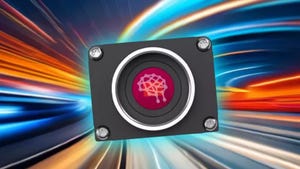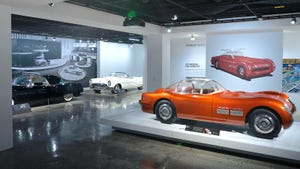April 8, 2009

Burgeoning engineers working in MIT's AgeLab have stepped into the shoesof the aging to learn firsthand how hard it is to complete the easiest taskslike bending down to reach a low shelf at the supermarket or loweringthemselves into a car.
Using the Age Gain NowEmpathy System (AGNES 2), a jumpsuit fitted with elastics, braces, a hardhat and vision-impairing goggles, they have experienced what it is like to growold and are using what they have learned and felt to help design products thatare easy for people, whether age 45 or 75, to use.
AGNES is designed to focus on vision, flexibility and use ofthe hands, says AgeLab Founder Joseph Coughlin.
"It forces you to change your posture - how to approach astore shelf. (The AgeLab) is about inventing life tomorrow," Coughlin says. "Peopleare living longer - how are you going to get around, how are you going to getto work, how are you going to live tomorrow? Hopefully, (engineering students)bring that insight back with them when they are out designing products andplaces."
AGNES was developed by an engineering team andphysiologists, according to Coughlin, and is also used by MIT's research teamand corporate sponsors like Siemens,Daimler and Proctor and Gamble.
"It's not just students who are using it and learning fromit," says Coughlin. "It's about creating products and places that everyone canuse. We cannot and we should not design an old person's product or service. Ifyou build an old man's anything, a young man will not buy it, but an old manwill not buy it either. We want to create products that delight and excite theconsumer at any age."
The next-generation, AGNES 3, will be fitted with sensorsfor more accurate measurements, according to Coughlin. He declined to elaborateon plans for AGNES 3, stating the project is now in the process of beingregistered with MIT's IntellectualProperty Office. It is expected to be complete this summer, he says.
About the Author(s)
You May Also Like





